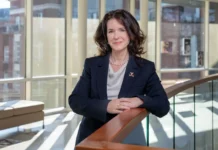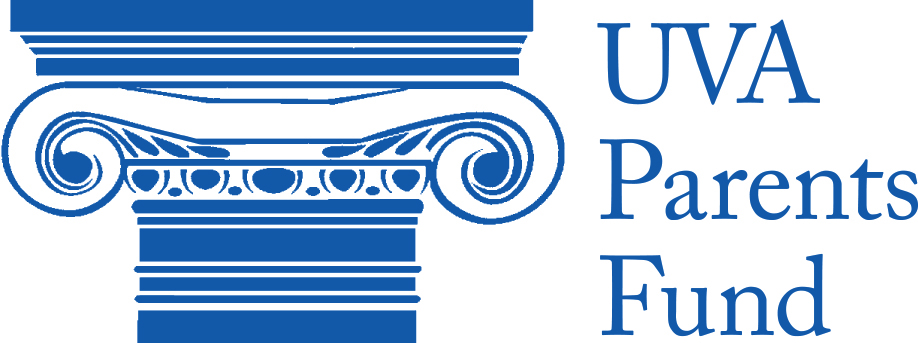 The school year begins, and Charlottesville is flooded with UVa students.
The school year begins, and Charlottesville is flooded with UVa students.
For many, the months of August, September, and October mark an exciting start to the new school year. For others, these months denote the beginning of finance recruitment, a challenge accompanied by the hope of getting a job and a consequently stress-free fourth year. But with resumés being thrown away daily and hundreds of students clamoring for the same few job spots, the process is brutal. Finance career hopefuls memorize case studies, practice financial modeling, and prepare for every possible scenario, their days often stretching into the late hours of the night. They learn each word of four-hundred page banking guides in the hope of just securing an interview. After countless months of preparing, studying, and dreaming, many students actually give up, dropping everything and deciding to pursue another path. What’s worse, most of these students are female.
Before it is even time to consider applying to jobs in the industry, many women choose not to pursue investment banking or sales and trading. In the financial world, these highly coveted areas of finance are notorious for requiring long hours, quick thinking, and advanced quantitative skills. So why is it that women are the ones mainly shying away? They can handle the workload, and tend to even be better at the job. The culprit is a lack of confidence, something that is echoed in the enrollment statistics at UVa’s McIntire School of Commerce.
In the class of 2019, only 38% of the applicant pool was female, meaning that men were more inclined to apply to this undergraduate business school, but why? With five different concentrations and six tracks to choose from, the McIntire School is an attractive option for men and women alike. After applying and enrolling in the school, women actually perform substantially better than men across every discipline. According to an anonymous source within McIntire, the school’s female students have a higher overall GPA than their male counterparts – a mark of their mastery of the material. Considering that many Wall Street firms come to Grounds to recruit every year in the hopes of hiring these high achievers, it would be fair to assume that female students would be attracted to the jobs these companies have to offer, especially in these highly esteemed fields. Unfortunately, the numbers say otherwise.
Despite having better grade point averages than male students, less than 20% of women at McIntire pursue jobs in investment banking. Meanwhile, half of the male students at McIntire pursue positions in banking – even though both genders are predominantly pursuing finance and accounting as their concentrations. So why is there such a low number of women pursuing investment banking? That is what McIntire, like many other business schools across the country, is trying to tackle.
Of the top undergraduate business schools in the country competing with McIntire in finance recruiting, none have percentages of female enrollment hitting the 50% mark, although they have achieved close numbers. The University of Texas at Austin’s McCombs School of Business boasts a 47% female enrollment rate in the fall of 2016 followed by the well-known Wharton School of Business at the University of Pennsylvania with 44%. NYU Stern tied with UVA’s McIntire School of Commerce at 42% with the University of Michigan’s Ross School of Business lagging behind at 40%.
The gender disparity only seems to increase in the STEM fields, but some colleges have taken steps to actively combat the problem. One example is Harvey Mudd College, a school that recently tried its hand at balancing the number of men and women in its computer science classes. Harvey Mudd put more females in faculty roles and tried to create a more comfortable environment for beginners by segmenting its courses into beginner and advanced versions of the same class. In doing this, the school tackled a key issue that prevents women from pursuing fields like computer science: the fear of failure in an area that has historically been dominated by men.
The same logic from Harvey Mudd can be applied to business schools across the country, and the McIntire School of Commerce at the University of Virginia is no exception. Although McIntire’s female enrollment percentages have varied over the past five years ranging from 40% to 48%, efforts have been made to tackle the confidence issue within the school. Notably, the battle begins with organizations within McIntire. Since students cannot apply to the Commerce school until their second year, their initial exposure to finance comes in the form of student investing organizations. However, under a microscope, these organizations are far from gender-balanced. As you might guess, women are largely underrepresented.
With only 8% of the participants across all co-ed investing organizations at McIntire being women, it is no surprise that women as a whole tend to turn away from pursuing jobs in banking or sales and trading. This is interesting when we examine consulting as a career choice.The female presence in consulting organizations at McIntire has risen significantly in the past decade, with some organizations even boasting a 50/50 gender balance and other groups coming close to that percentage. At the same time, the number of female McIntire students pursuing consulting as a career has also increased. Does the key to spurring female interest in banking and trading lie in promoting gender-balanced extracurricular groups?
That seems to be the case. Smart Woman Securities (SWS), an all-female organization at McIntire, is actively trying to create an environment in which women are surrounded by other women. SWS’s hope is to teach and train female students in finance who have never been involved with the field. In doing this, the group hopes not only to prepare women for a career in finance but to foster the same excitement for the financial world that a “more prepared” individual might have.
At the same time, the Women’s Business Forum at McIntire is also creating a space to discuss gender issues and work-life balance challenges in the business world. Meanwhile, the school itself is recruiting more female faculty and hosting women-only recruiting events with investment banks and other financial institutions in an attempt to create a more comfortable environment for female students to pursue these fields.
While McIntire still has a long way to go in creating a gender-balanced environment and fighting gender disparity on Wall Street, it has been taking some major steps. But there are some things that have to be done at a personal level; women must step into a world in which they feel unprepared. The best way to tackle the issue is for women as a whole to take the risk and join a male-dominated field. Women who stick with the profession, even at questionable times, tend to have high success rates in finance. The secret is to take the risk and stick with it. That is what men do, why shouldn’t women? If we get enough females in the field, our economy might even perform a little better.
















